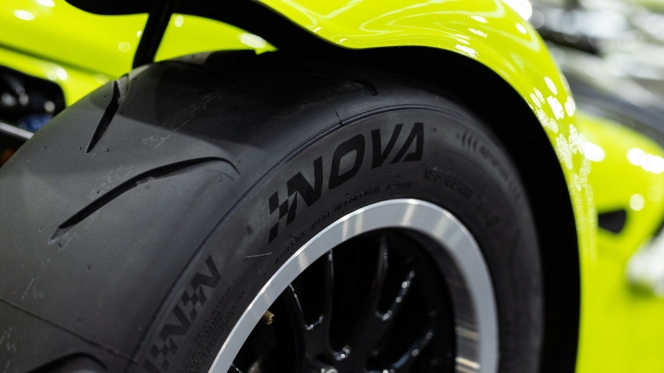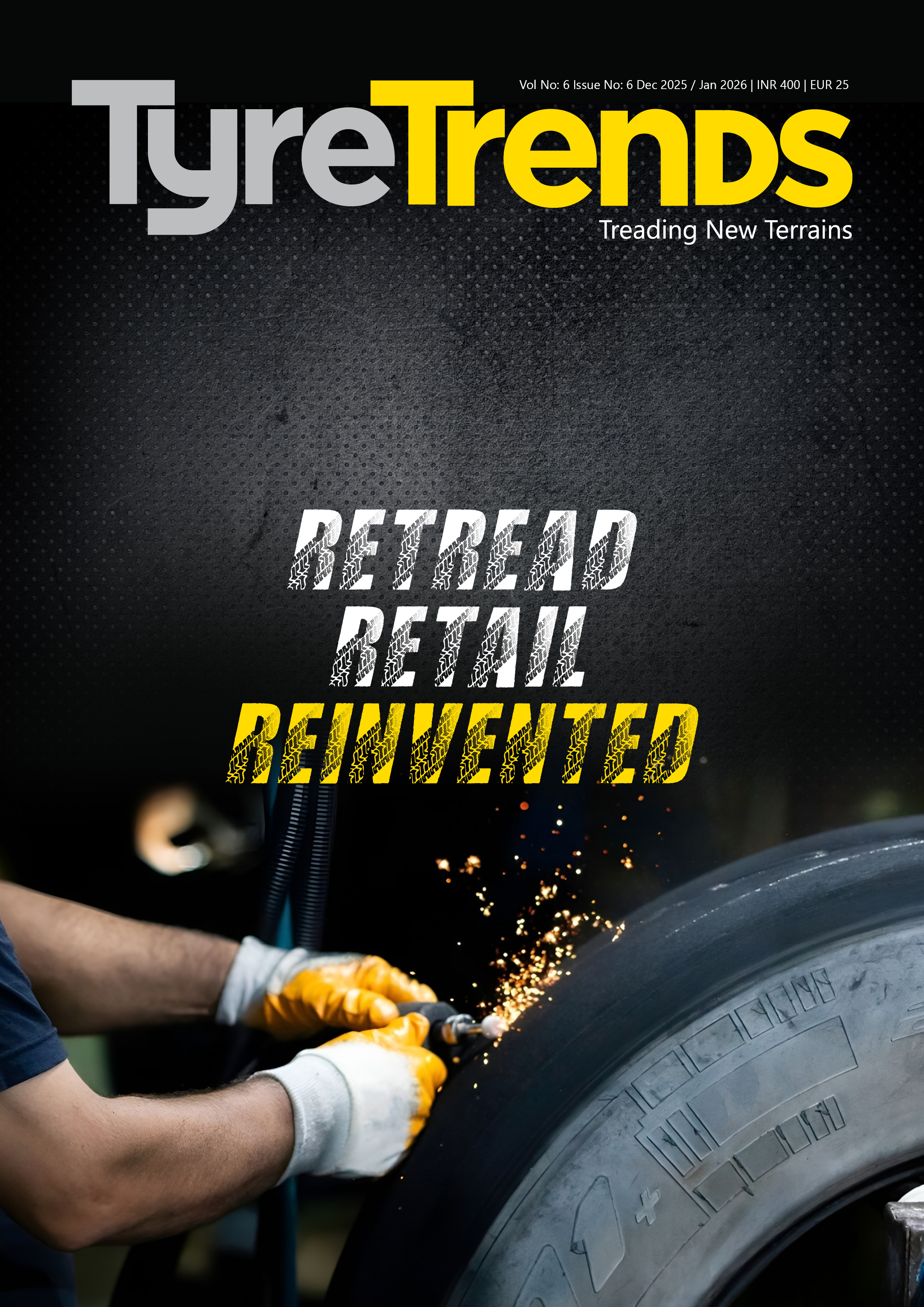Challenge Of Change And Business Strategy: Thinking Wide
- By PP Perera
- October 13, 2021

Change and impermanency is the common denominator of all phenomena and processes in nature, which include human activities as well. Heraclitus, the 5th Century BC Greek philosopher, has said that no man can step into the same river twice. This statement from Heraclitus means that the world constantly changes and that no two situations are exactly the same. Just as water flows in a river, one cannot touch the exact same water twice when one steps into a river. This view has been affirmed by Lord Buddha around the same period.
In fact, the challenge of change can be considered as the key driver in all the human endeavours across history and the main motivating factor of business strategies that have evolved through the four industrial revolutions spanning form the mid-18th century to the present day of mass digitalisation. The four principles of change management at any level – be it personal, family, workplace, company or a country – are:
- Understand the change
- Plan the change
- Implement the change
- Communicate the change
Some of the significant contributors to the management of change which resulted in the emergence of new approaches and working models that became popular during the past 50 years can be enumerated as:
- Lewin’s Change Management Model
- McKinsey 7S Model.
- Kotler’s Change Management Theory
- Nudge Theory
- ADKAR Theory
- Bridge’s Transition Model
- Kubler-Ross Five Stage Model
There are many schools of thought around managing organisational change, but there's one thing that's clear. Change managers need to structure their organisational changes and need to avoid 'ad hoc' change management. They need to look at organisational change from a programmatic perspective, leverage subject matter experts around the impacts of change and look at the ‘change beyond the change’.
Corporate change has always been associated with leadership, and Jack Welch, the master of transformational leadership, has once quoted that “good business leaders create a vision, articulate the vision, passionately own the vision and relentlessly drive it to completion.”
Notwithstanding the tremendous utility value of these approaches, I have witnessed the beginning, growth, decline and final exit of some great business empires in Sri Lanka, which could not survive up to the third generation. Similarly, there are exemplary business organisations, the roots of which can be traced back in history to a single person who started with a few rupees and later developed in to corporate giants that are thriving through the third generation. It is therefore apparent that there are no hard and fast norms or standard ground rules, but an emerging factor is the importance of the people at all levels, despite the benefits of automation and digitalisation. Success and failure episodes are abundant throughout the world and corporate graveyards are cluttered with casualties.
Change and business strategy are always closely interlinked without clear boundaries. The ‘Art of War’ – which is attributed to the ancient Chinese military strategist Sun Tzu (around 5th century BC) – remains the most influential strategy text in East Asian warfare and has influenced both Eastern and Western military thinking, business tactics, legal strategy, lifestyles and beyond.
The Covid-19 outbreak, which started around two years ago and developed in to a devastating pandemic, has brought about years of change in the way companies in all sectors and regions do business. The entire world scenario which we currently witness is reminiscent of the opening paragraph of ‘A Tale of Two Cities’, an 1859 historical novel by Charles Dickens.
“It was the best of times, it was the worst of times, it was the age of wisdom, it was the age of foolishness, it was the epoch of belief, it was the epoch of incredulity, it was the season of Light, it was the season of Darkness, it was the spring of hope, it was the winter of despair, we had everything before us, we had nothing before us, we were all going direct to Heaven, we were all going direct the other way – in short, the period was so far like the present period, that some of its noisiest authorities insisted on its being received, for good or for evil, in the superlative degree of comparison only.”
The Coronavirus has rapidly made ‘business as usual’ a phrase from the distant past. There is no ‘usual’ in this uncertain time. But organisations that outmanoeuvre uncertainty create a resilience they can count on, irrespective of the changes that come
. We’ve all changed the way we operate during the Covid-19 crisis. Some changes were forced on us, while others represent the height of innovation in a crisis. There’s been a reset of the workforce and work itself, a reset of the employer/employee relationship and a reset of the business ecosystem. For most of them, the business impact of the pandemic has been negative; for some, positive.
The pandemic may have wiped our strategy slate clean (or at least it feels that way), but we have also garnered invaluable experience. Now it’s time to bring together our executive team and use those lessons to reconfigure the business and operating models for a new reality. It appears that in addition to the conventional 3Rs (reduce, reuse and recycle), with respect to resource consumption and sustainability, a set of new 3Rs, namely respond, recover and renew, has emerged during the Covid-19 crisis.
As we shift from response to recovery, the key for senior leaders is to make strategic decisions that will lead them to a renewed future state, however paralysing the uncertain outlook may seem. We can borrow a leaf from the strategy and tactics of the Covid-19 virus itself in learning how to adapt for survival by adopting new paradigms, namely producing more virulent strains such as the Delta variety.
In the absence of a 100 percent effective vaccine or cure for Covid-19, any rebound in business activity could easily be followed by another round of response, recover, renew; so the imperative is to absorb lessons learned quickly and build sustainable changes into business and operating models.
But first, we need to determine exactly where and how the crisis has stretched and broken our existing models, and where the risks and opportunities lie as a result. When talking about risks and opportunities, I cannot help going back to the basics of ISO 9001:2015 Quality Management System (QMS) requirements which expect a company to evaluate the external and internal issues (Clause 4.1), expectations of interested parties (4.2), determining the risks and opportunities (6.1) and planning for change (6.2). In some of the companies that I happen to audit, the priority given to these is at a minimum or no priority given at all apart from stagnant records which do not show any objective evidence of monitoring and review.
However, one important factor we have to consider is that everyone – irrespective of whether it is an individual, family unit, organisation or a country – is on various stages of their unique learning curves, and the strategic horizons have drastically become shorter. Business and strategy planning is no longer an elite task shrouded with mystery and confined to the corporate managers only in their air conditioned rooms but a task to be accomplished in consultation with those who are finally going to implement the strategies and plans. While the Japanese Genba (the actual place) approach is more than 50 years old, it is mostly confined to operational levels, which is rather unfortunate. This crisis has created an opportunity to reset some of our goals and ambitions; it’s time to ask: “As we recover from this crisis, do we want to be different, and if so, how?”
One can see that many companies are in the recovery mode at the moment and trying to do damage control based on profit motive, which is understandable. The entire social, cultural and ethical models and paradigms have changed drastically, and the entrepreneurs need to realise that they are no longer operating in the pre-Covid era. Drastic changes have occurred in the entire supply and value chains with changing customer preferences.
The following quote attributed to many, including Eleanor Roosevelt, a former First Lady of United States, is appropriate to be cited here:
“There are people who make things happen, there are people who watch things happen, and there are people who wonder what happened.”
Change and impermanency is a fact of life, more so today, and if we do not change, change will change us. After all, it was the mathematical genius of the 20th Century, Albert Einstein, who once observed that:
“Insanity is doing the same thing over and over again and expecting different results.”
We can’t keep doing the same thing every day and expect different results. In other words, we can’t keep doing the same workout routine and expect to look differently. In order for our life to change, we must change – to the degree that we change our actions and our thinking, to the degree that our life will change.
The author a Management Counselor from Sri Lanka
BKT Debuts With Strong CDP Ratings For Climate And Water
- By TT News
- January 15, 2026

BKT Tires has achieved a noteworthy initial rating from the international environmental watchdog, CDP. The company’s inaugural disclosure for the 2025 fiscal year resulted in a ‘B’ score for its climate change management and a ‘B-’ in water security.
These ratings, issued by the global Carbon Disclosure Project, highlight BKT’s emphasis on operational transparency and its structured approach to environmental stewardship. The scores are recognised as an affirmation of the firm’s strategic initiatives aimed at minimising its ecological footprint and enhancing climate resilience throughout its business activities.
The accomplishment is attributed to the concerted effort of the organisation’s workforce. This milestone establishes a benchmark for BKT’s ongoing journey towards its sustainability objectives.
CEAT Partners With CleanMax On Major Renewable Energy Initiative
- By TT News
- January 15, 2026
Leading Indian tyre manufacturer CEAT is advancing its sustainability targets through a strategic partnership with CleanMax Enviro Energy Solutions Limited. Under a group captive arrangement, CleanMax will supply renewable electricity from a combined ~59 MW hybrid wind-solar project. This clean energy will power CEAT’s manufacturing facilities located in Halol, Gujarat, and Kanchipuram, Tamil Nadu.
The hybrid model merges wind and solar generation, capitalising on their complementary patterns to deliver a more stable and consistent power output with a higher plant load factor. This reliability is essential for energy-intensive industrial operations and supports greater grid stability.
Annually, this initiative is projected to produce approximately 135.8 million units of renewable energy, elevating CEAT’s clean power consumption to around 60 percent of its needs. The environmental benefit is substantial, with an expected reduction of about 100,000 tonnes of CO₂ emissions each year – an impact comparable to planting nearly 4.5 million trees annually.
This collaboration leverages CleanMax’s established expertise in the commercial and industrial renewable sector. For CEAT, it marks a significant step towards its net-zero ambition by enhancing energy security, boosting operational efficiency and achieving considerable progress in its decarbonisation journey.
Roopesh R, Senior Vice President – Procurement, CEAT, said, “This long-term partnership with CleanMax allows CEAT to strengthen our renewable energy footprint across Gujarat and Tamil Nadu. Sustainability is an important part of how we plan for the long term and CEAT is committed to grow our business that serves our customer responsibly while remaining resilient for the future. As a company already advancing in areas such as green sourcing, sustainable transportation, biodegradable packaging, sustainable manufacturing and reduced distribution emissions, integrating this hybrid wind-solar renewable energy is a natural and strategic progression in our sustainability journey. These hybrid projects will bring cost efficiencies at our key manufacturing facilities and will help us in our journey to produce tyres with low carbon footprint – and be a benchmark in the industry.”
Kuldeep Jain, Managing Director, Clean Max Enviro Energy Solutions Limited, said, “We are proud to collaborate with CEAT, a globally recognised brand in the automotive sector, and support its strategic sustainability objectives by enabling the decarbonisation of operations across its key manufacturing hubs. These projects demonstrate how well-structured collaborations can accelerate the adoption of renewable energy and build a more sustainable energy future for large-scale manufacturing.”
JK Tyre Expands Banmore Facility To Lift Passenger Car Radial Output
- By TT News
- January 14, 2026
JK Tyre & Industries Ltd has inaugurated the Phase III expansion of its passenger car radial tyre manufacturing facility at Banmore in Madhya Pradesh, increasing production capacity as it steps up domestic manufacturing investment.
The expansion lifts the plant’s output to 30,000 passenger car radial tyres a day, equivalent to about 10.5 million tyres a year. The development forms part of a multi-phase investment of more than INR 10 billion at the Banmore site.
The new facility was inaugurated by Hisashi Takeuchi, in the presence of Raghupati Singhania and Anshuman Singhania, alongside senior representatives from Maruti Suzuki India Limited.
JK Tyre said the expansion supports its strategy to serve India’s aftermarket, original equipment manufacturers and export markets, as passenger vehicle demand continues to grow. With the commissioning of Phase III, the Banmore plant has become a key hub for high-performance passenger car radial tyre manufacturing.
Speaking at the inauguration, Dr Raghupati Singhania said: “The inauguration of Phase III expansion by Hisashi Takeuchi San at our Banmore plant reflects JK Tyre’s unwavering commitment to strengthening India’s manufacturing ecosystem and supporting the country’s mobility growth story. As passenger vehicle demand continues to rise, our focus remains on incessant capacity enhancement, modernisation, and technology-led innovation. Banmore has been a cornerstone of our passenger car radial journey, and this expansion further reinforces our ability to serve OEMs and consumers with high-quality, sustainable, and future-ready products, while contributing to industrial growth and employment generation in Madhya Pradesh.”
The company said the Banmore facility continues to contribute to regional industrial development through direct and indirect employment, sustainability-focused manufacturing practices and community initiatives, including programmes in healthcare, education, livelihood development and sports.
Caterham Motorsport Signs Nova Motorsport As Official Tyre Partner
- By TT News
- January 14, 2026

Caterham Motorsport has entered a new multi-year partnership with Nova Motorsport, appointing them as the Official Tyre Partner. This agreement effectively continues the successful, long-term relationship previously held with Avon Motorsport, as Nova Motorsport now manufactures the same championship-winning tyre products under licence.
The partnership ensures a supply of high-performance tyres across four official Caterham championships: the Roadsport and 270R Championships will utilise the Nova ZZS; the 310R Championship will use the Nova ZZR and ZZS and the flagship UK Championship will be equipped with Nova Motorsport Slicks and Wets. These tyres, rebranded from the former Avon line, are specifically engineered for the unique demands of the Caterham Seven.
Freed from the constraints of road tyre labelling regulations, the new Nova ZZR and ZZS products are dedicated entirely to track performance, offering enhanced capabilities. This transition to the Nova brand and the secure, long-term nature of the alliance underscore Caterham Motorsport's strategic confidence in Nova Motorsport to deliver proven, ultra-high-quality products for its driver-focused racing series.
Daniel Stanton, Head of Sales & Marketing, Nova Motorsport, said, “We are immensely proud to solidify our relationship with Caterham Motorsport as the brand’s official tyre partner. This builds on a working relationship that has lasted many successful years under the Avon Motorsport banner. Nova Motorsport and Caterham share key synergies as businesses; we are both focused on the specialist, niche and high-performance segments of the automotive and motorsport world. This multi-year partnership is a major strategic pillar for Nova Motorsport. It underscores our unwavering commitment to reliably supplying Caterham competitors around the world with the tyres they need to compete and win at the highest level.”
Alex Read, Head of Motorsport, Caterham, said, “Nova Motorsport is the perfect fit for Caterham Motorsport. Our products demand specialist tyres, and the Nova team, with its heritage rooted in Avon Motorsport, understands this implicitly. The tyres supplied are uniquely designed for our Sevens, meaning our competitors will directly benefit from Nova Motorsport’s renewed dedicated focus on the Caterham product. We are fully confident in the quality and service our drivers will receive and are looking forward to getting the 2026 Caterham Motorsport racing season underway with our new partners.”







Comments (0)
ADD COMMENT